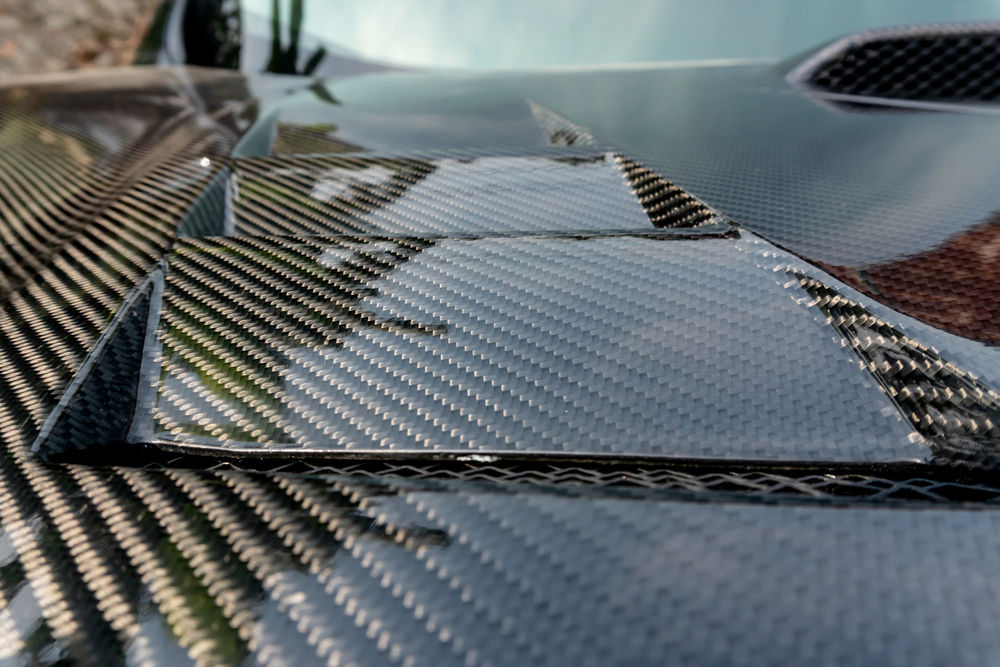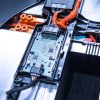No products in the cart.
Composite Epoxy | Epoxsys 1000 series
Miller-Stephenson provides a wide variety of standard and customized epoxy resin materials that may be utilized in composite manufacturing systems. This family of composites can be used in applications such as:
- Filament Winding
- Infusion
- Hand Laminating
- RTM
This product is already in your quote request list.
Category: MS Epoxy Systems
CLICK HERE TO CHAT WITH AN EXPERT ABOUT THIS PRODUCTMiller-Stephensons Composite Epoxy systems: EpoxSys 1000 Series
Composite Expoxy materials
As a result of combining two or more materials, EpoxSys 1000 Composite Epoxy maintains its macro-structure. As a result, the material has stronger physical properties than the individual components. The epoxy creates a polymer matrix with fibers or other fillers to create materials with high-strength-to-weight ratios.
What are Composite Epoxy Thermoset Resins?
Used in the manufacture of composite parts and structures, Epoxy thermoset resins offer great adhesion properties, low shrinkage, high adaptability, resistance from corrosion, good electrical properties, high strength, adhesion to numerous substrates, and reliable performance at high temperatures.
Miller-Stephenson Composite Epoxy Manufacturing
Our line of Composite Epoxies offers multiple options for a wide range of applications.
- High-Pressure Resin Transfer Molding: HP-RTM
Used to mold components of various shapes, large volumes, different sizes, and smooth finishes on both sides, this is one of the most modern mass production methods for the production of composite parts. Rapidly becoming popular in the automotive, industrial, and agricultural industries, the HPTRM method may be automated into five steps: creating the preform, performing layup, closing mold, injection phase, and curing phase. - Vacuum Assisted Resin Transfer Molding Process: VARTM
This variation of resin transfer molding is a closed mold manufacturing process. The top piece of a mold is replaced with a flexible vacuum bag, which is used in place of injection to assist in resin flow. The resin flows into a fiber layup within a mold tool which is covered by a vacuum bag, facilitating flow. The part thickness is determined by the material thickness under full vacuum. The composite part cures at room temperature after impregnation. - Light Resin Transfer Molding: LRTM
Similar to resin transfer molding, this is a closed-mold process. The A and B molds are held together by a vacuum, producing two finished sides of consistent and fixed part thickness. The A mold contains dry fiber reinforcements and is placed on the B mold, and a vacuum ring is placed around the tools, holding them together. A lower vacuum level separate from the tool hold-down vacuums the air out of the part while the resin is injected. The resin cures with the tool remaining under vacuum. - Vacuum Infusion Process: VIP
In resin infusion, another closed-mold process, a one-sided mold is used and a vacuum draws resin into a dry fiber laminate. The top edges of the mold are sealed with a flexible or rigid film membrane. Epoxy, vinyl ester, and polyester are common infusion resin types. - Pultrusion Process
Achieved by pulling material through a die or mold, pultrusion is a continuous process for the manufacture of composite materials. This process involves a continuous cutting/pulling system, a nonstop roll of reinforced fibers, a die and heat source, and a resin impregnator. Pultrusion is best suited for high-volume single-direction reinforced applications such as poles, trim, rods, and flat panels. - Filament Winding
This process creates a composite structure by winding resin-impregnated strands of fiber around a rotating mandrel. As various winding techniques, fibers, and resins are used, filament winding creates high fiber loading with extreme directional strength for use in multiple applications. - Hand Layup Process
In this manual process, fiber reinforcements are wet out and positioned into the mold by hand. This is the simplest composite molding method and allows for a large range of part sizes, low-cost tooling, easy part layup changes, and simple processing. - Vacuum Bagging/Wet Bagging
This second step variation creates mechanical pressure on a laminate during its cure cycle and is used in pen molding. Like VIP, a vacuum bag is placed over the hand-laid part, and a full vacuum is laced on the cavity while it cures. This process achieves the simplicity and higher properties of a hand layup without the technical difficulties of VIP.
Miller-Stephenson is here to help with your epoxy application needs.
The EpoxSys 1000 Series for Composite Epoxy applications, is one of the many epoxy resin systems offered through the EpoxSys line of epoxy products. Epoxsys products offer a variety of solutions to match a wide range of production and processing needs, so you’ll be sure to find the results you need for a successful result. Contact our sales team today, who will work with you to recommend the right product solution for your application needs. Available through phone, chat, or email your inquiry with the form below.
Notwithstanding any express or implied indication to the contrary, product information provided on or via this website is supplied upon the condition that the persons receiving such information will make their own, independent determination as to a given product’s suitability for any contemplated purposes prior to use. In no event will Miller-Stephenson be responsible for damages of any nature whatsoever resulting from the use of, or reliance upon, information provided, directly or indirectly, on this website in relation to any product and/or application.



